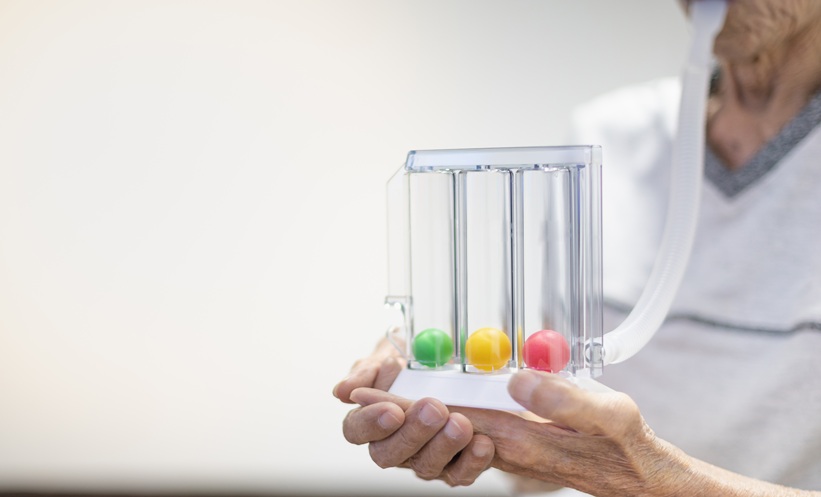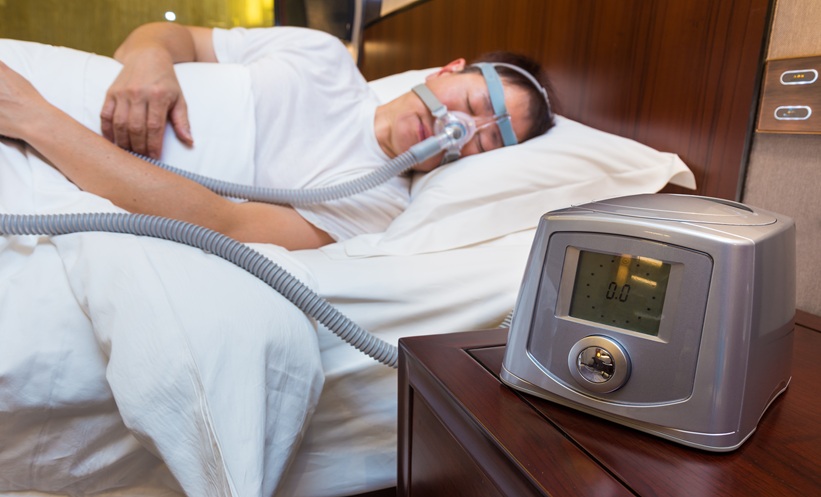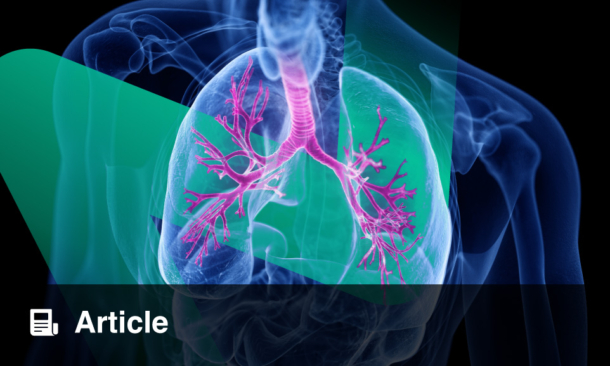IN A MAJOR breakthrough for vaping addiction treatment, researchers have found that the medication varenicline, when combined with brief behavioural counselling, significantly improves nicotine vaping cessation rates among young people.
The randomised clinical trial involved 261 youth aged 16 to 25 who vaped nicotine daily but did not regularly smoke tobacco. Participants were randomly assigned to receive 12 weeks of varenicline, placebo, or enhanced usual care, alongside access to the text-based support programme This is Quitting.
The results were striking: by the end of treatment, 51% of participants taking varenicline had quit vaping, compared to just 14% in the placebo group. At six months, 28% of varenicline users remained abstinent, compared to 7% with placebo and 4% in the usual care group. No serious drug-related adverse events were reported, and the medication was generally well tolerated.
“Vaping is alarmingly common among youth, but effective treatments are limited,” said lead author Dr. A. Eden Evins. “This is the first rigorous evidence that medication combined with counselling can help young people stop vaping.”
The study addresses a growing public health concern, as millions of teens and young adults have taken up nicotine vaping. Until now, there were few proven interventions for this group, who often do not smoke combustible tobacco and may not respond to traditional cessation approaches.
Researchers hope these findings will lead to broader access to evidence-based treatments for vaping addiction and inform clinical guidelines for managing nicotine dependence in young people.
“Varenicline could represent a powerful new tool in the fight against youth vaping,” added co-author Dr. Sharon Levy.
Aleksandra Zurowska, EMJ
Reference
Evins AE et al. Varenicline for Youth Nicotine Vaping Cessation: A Randomized Clinical Trial. JAMA. 2025;DOI: 10.1001/jama.2025.3810.







